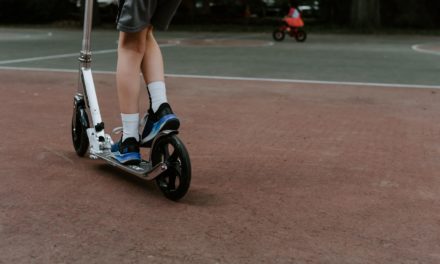() Every boat owner longs for the last warm days of summer to get out on the water with friends and family. Summer isn’t always here. It is time to plan for the off-season.
Every boat owner longs for the last warm days of summer to get out on the water with friends and family. Summer isn’t always here. It is time to plan for the off-season.
Proper off-season storage helps protect critical internal components against corrosive deposits of unbound ethanol. This can cause damage to your engine, fuel tanks, and fuel system components. Proper winterization is also important to prevent the freezing of engine components. If not treated, corrosion, broken parts, or general repairs can lead to damage that could cost thousands of dollars and time lost on the water.
As you get ready to store your outboard for winter, make sure you follow these simple winterization steps.
1. 1.Flush the engine with clean water. You can flush out salt, dirt and other contaminants as well as prevent corrosion and blockage of crucial cooling system components.
2. Add fuel stabilizers. To prevent ethanol from rotting your engine, add quality fuel stabilizers to the gas tank. Make sure that the stabilizer is incorporated into the engine before it runs. This will ensure that the fuel system components are properly fueled.
3. Keep your fuel tank full. Keep your fuel tank full, especially if you use ethanol fuel.
4. To reduce corrosion, fogg the intakes and cylinders of your engine. Spray fogging oil is a great way to prevent corrosion of internal engine components. Spray oil in the air intake and let the engine run. After that, disconnect the fuel lines. Spray the oil into the intake until the engine stops. Evinrude E-TEC engine’s auto-winterization function streamlines steps one through four. The engine is flushed out and then fogged for a few seconds. Once the engine has finished fogging, it will turn off and your engine can be stored.
5. Check the oil level in four-stroke engines. Change the oil to get rid of any harmful chemicals or moisture that has built up within the oil. These acids and contaminates can cause corrosion to internal engine parts.
6. Drain the gear case oil and replace it. If the gear case lubricant turns milky, it is likely that water has penetrated. If not checked, the water can freeze in the gearcase, which can cause it to become permanently unusable.
7. 7. A fully charged battery will be less likely to suffer damage from cold storage. A fully charged battery has a freezing point around minus 95° Fahrenheit. However, a partially charged battery can freeze at temperatures as high 20° Fahrenheit.
While you should always refer to your owner’s manual regarding specific winterization procedures, following these easy and inexpensive steps will help protect your engine, as well as save you money on maintenance next season.












